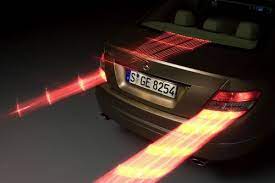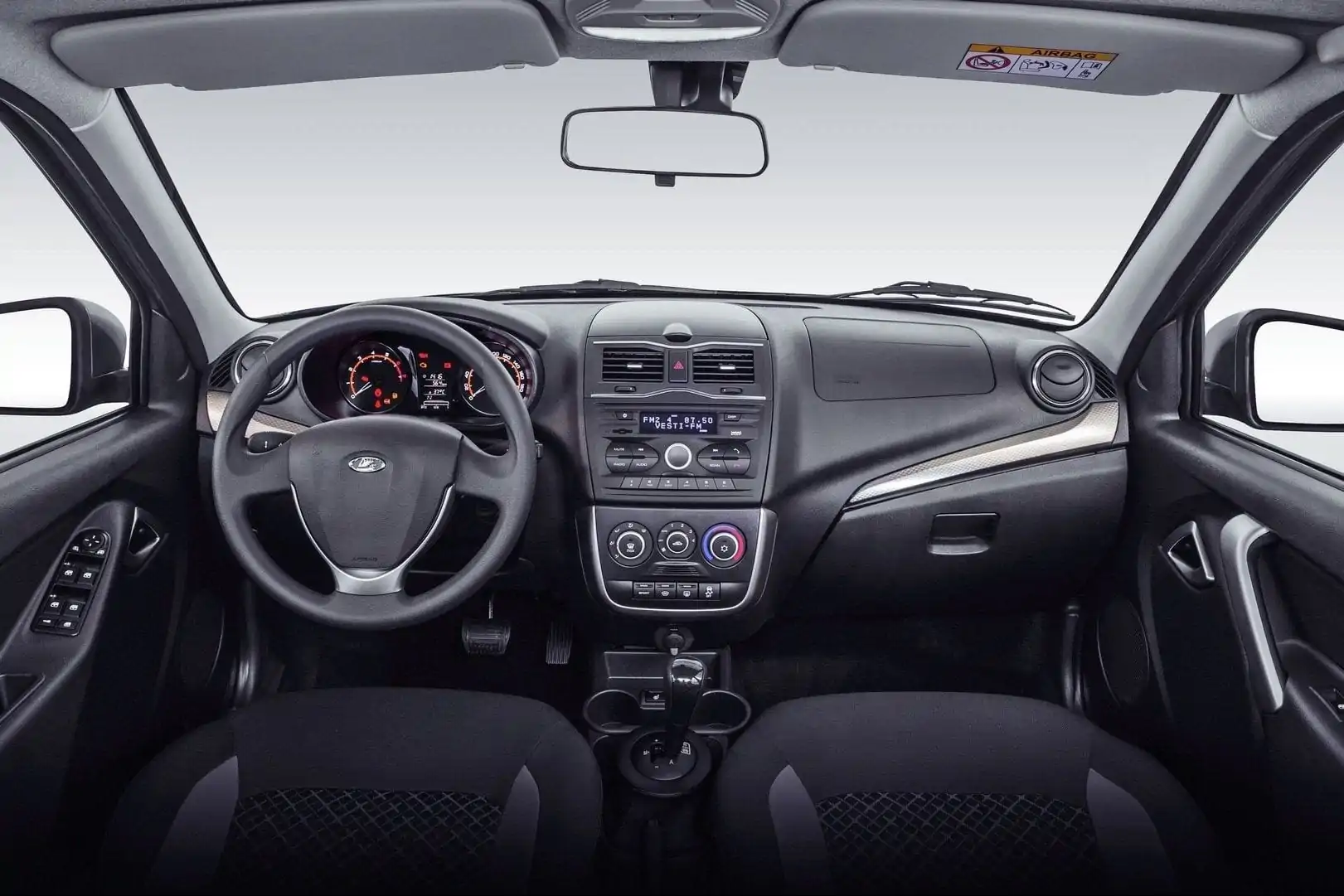
The structure and principle of operation of the ESS system
The ESS Emergency Brake Warning System is a special system that informs drivers of emergency braking of the vehicle in front. A sharp deceleration alert helps motorists avoid an accident and, in some cases, can save the lives of road users. Let's consider the principle of operation of the ESS (Emergency Stop Signal System) system, its main advantages, and also find out which manufacturers integrate this option into their cars.
Principle of operation
The warning system for the driver behind the vehicle in emergency braking has the following principle of operation. The emergency brake sensor compares the force with which the driver applies the brake pedal each time the vehicle decelerates to a default threshold. Exceeding the designated limit activates during braking not only brake lights, but also hazard lights, which begin to flash rapidly. Thus, the drivers following the abruptly stopping car will know in advance that they need to brake immediately, otherwise they risk getting into an accident.
The additional indication by alarms turns off after the driver releases the brake pedal. Emergency braking is notified completely automatically, the driver does not take any action.
Device and main components
The ess emergency braking warning system consists of the following components:
- Emergency brake sensor. Every vehicle deceleration is monitored by an emergency brake sensor. If the set limit is exceeded (if the car brakes too sharply), a signal is sent to the actuators.
- Brake system. A sharply pressed brake pedal, in fact, is the initiator of a control signal for the actuators. In this case, the alarm will stop working only after the driver releases the brake pedal.
- Actuators (alarm). Emergency lights or brake lights are used as actuators in the ESS system, less often fog lights.
Benefits of the ESS system
The ess emergency braking warning system helps reduce driver reaction times by 0,2-0,3 seconds. If the car drives at a speed of 60 km / h, then the braking distance will be reduced by 4 meters during this time. The ESS system also reduces the likelihood of "late" braking by 3,5 times. "Late braking" is the untimely deceleration of the vehicle due to the dull attention of the driver.
Application
Many car manufacturers integrate ESS into their vehicles. However, the notification system is implemented differently for all companies. The difference is that manufacturers can use different signaling devices. For example, car emergency lights are included in the emergency braking warning system for the following brands: Opel, Peugeout, Ford, Citroen, Hyundai, BMW, Mitsubishi, KIA. Brake lights are used by Volvo and Volkswagen. Mercedes vehicles alert drivers with three signaling devices: brake lights, hazard lights and fog lights.
Ideally, ESS should be integrated into every vehicle. It is not particularly difficult, while it brings enormous benefits to the participants in the movement. Thanks to the warning system, many collisions are avoided on the roads every day. Even short, intense braking with ESS does not go unnoticed.
